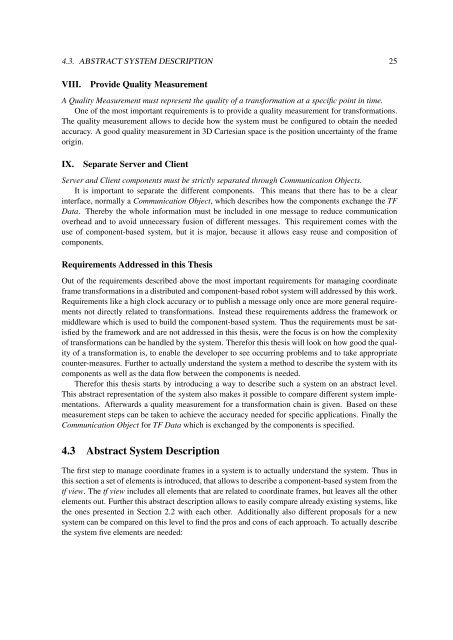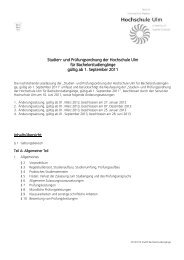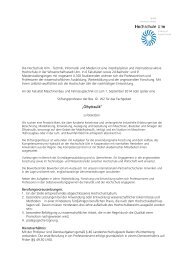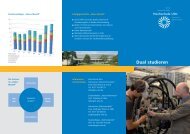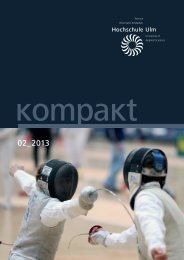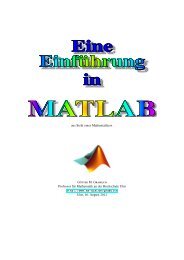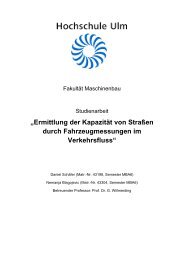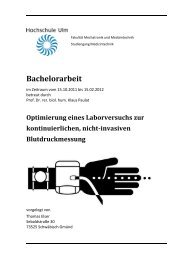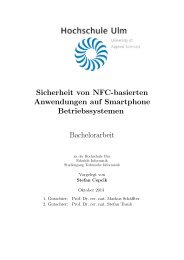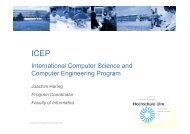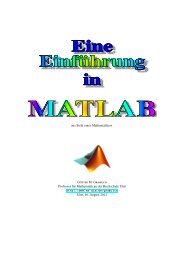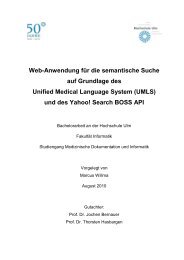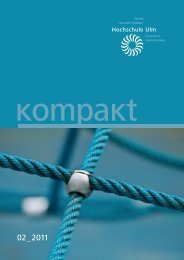PDF 1.938kB
PDF 1.938kB
PDF 1.938kB
You also want an ePaper? Increase the reach of your titles
YUMPU automatically turns print PDFs into web optimized ePapers that Google loves.
4.3. ABSTRACT SYSTEM DESCRIPTION 25<br />
VIII.<br />
Provide Quality Measurement<br />
A Quality Measurement must represent the quality of a transformation at a specific point in time.<br />
One of the most important requirements is to provide a quality measurement for transformations.<br />
The quality measurement allows to decide how the system must be configured to obtain the needed<br />
accuracy. A good quality measurement in 3D Cartesian space is the position uncertainty of the frame<br />
origin.<br />
IX.<br />
Separate Server and Client<br />
Server and Client components must be strictly separated through Communication Objects.<br />
It is important to separate the different components. This means that there has to be a clear<br />
interface, normally a Communication Object, which describes how the components exchange the TF<br />
Data. Thereby the whole information must be included in one message to reduce communication<br />
overhead and to avoid unnecessary fusion of different messages. This requirement comes with the<br />
use of component-based system, but it is major, because it allows easy reuse and composition of<br />
components.<br />
Requirements Addressed in this Thesis<br />
Out of the requirements described above the most important requirements for managing coordinate<br />
frame transformations in a distributed and component-based robot system will addressed by this work.<br />
Requirements like a high clock accuracy or to publish a message only once are more general requirements<br />
not directly related to transformations. Instead these requirements address the framework or<br />
middleware which is used to build the component-based system. Thus the requirements must be satisfied<br />
by the framework and are not addressed in this thesis, were the focus is on how the complexity<br />
of transformations can be handled by the system. Therefor this thesis will look on how good the quality<br />
of a transformation is, to enable the developer to see occurring problems and to take appropriate<br />
counter-measures. Further to actually understand the system a method to describe the system with its<br />
components as well as the data flow between the components is needed.<br />
Therefor this thesis starts by introducing a way to describe such a system on an abstract level.<br />
This abstract representation of the system also makes it possible to compare different system implementations.<br />
Afterwards a quality measurement for a transformation chain is given. Based on these<br />
measurement steps can be taken to achieve the accuracy needed for specific applications. Finally the<br />
Communication Object for TF Data which is exchanged by the components is specified.<br />
4.3 Abstract System Description<br />
The first step to manage coordinate frames in a system is to actually understand the system. Thus in<br />
this section a set of elements is introduced, that allows to describe a component-based system from the<br />
tf view. The tf view includes all elements that are related to coordinate frames, but leaves all the other<br />
elements out. Further this abstract description allows to easily compare already existing systems, like<br />
the ones presented in Section 2.2 with each other. Additionally also different proposals for a new<br />
system can be compared on this level to find the pros and cons of each approach. To actually describe<br />
the system five elements are needed:


